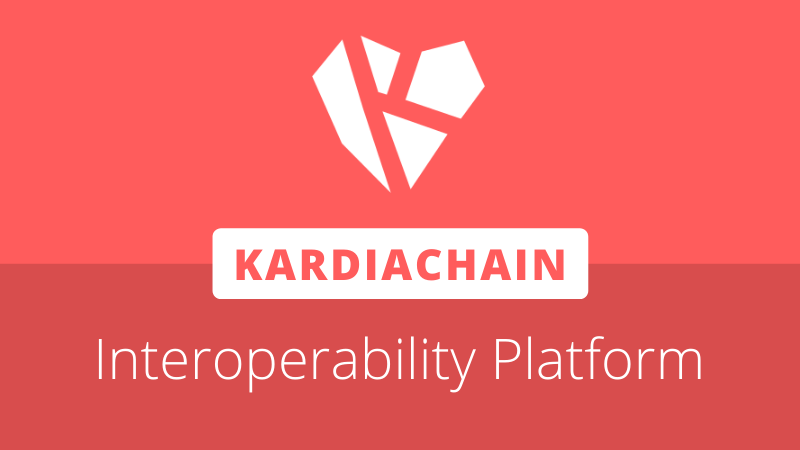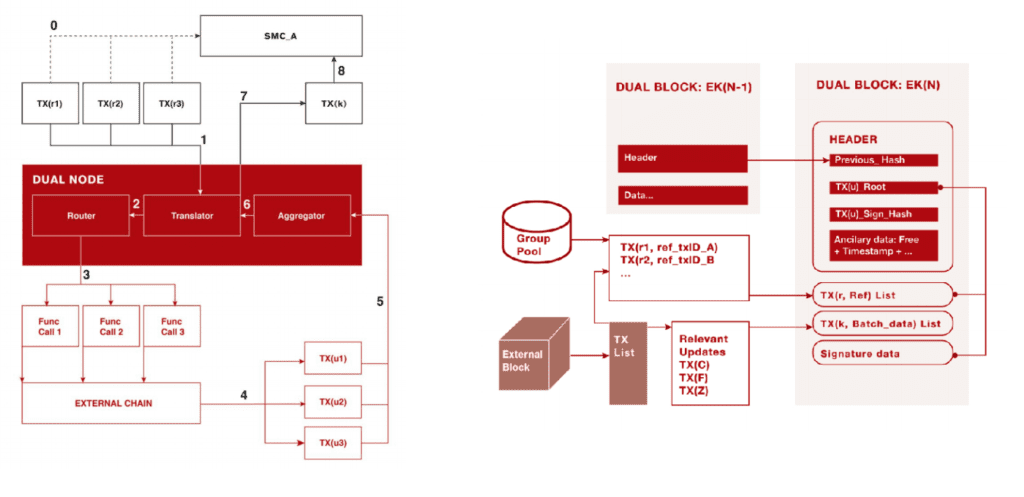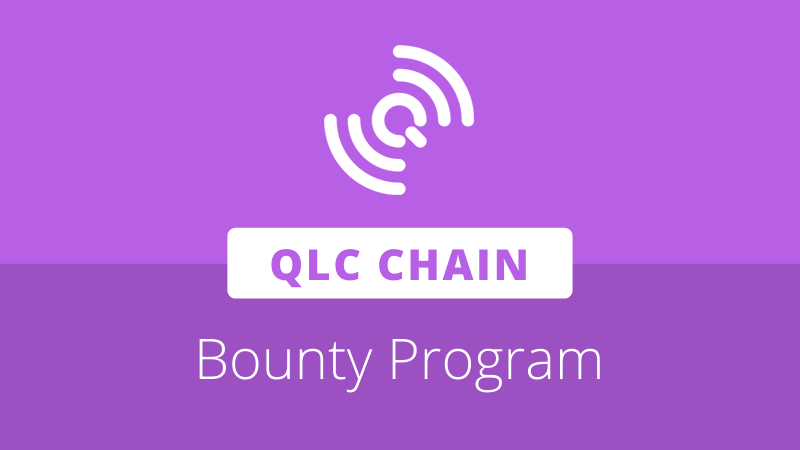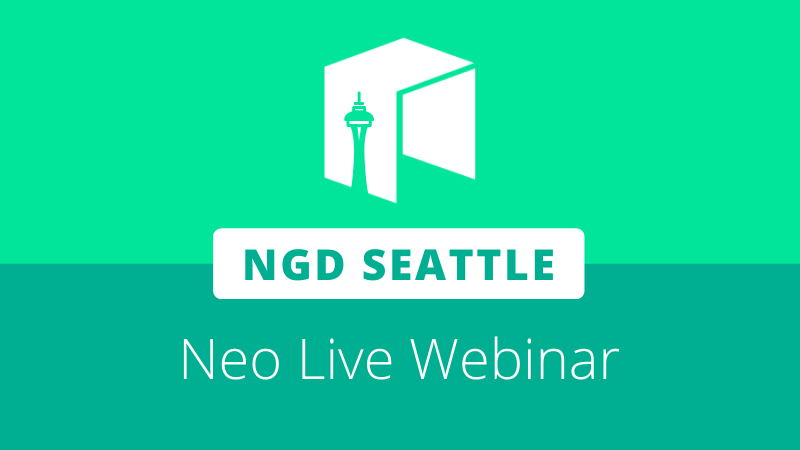
KardiaChain is an interoperability-focused public blockchain platform, introduced as a hybrid blockchain solution/infrastructure for enterprises and governments. The team intends to expedite the adoption of blockchain and link other blockchains together in a non-invasive manner.
Neo is one of the first public blockchain platforms to be supported by KardiaChain, alongside Ethereum and Tron, with cross-chain activity expected to go live in Q3 2020 as part of the KardiaChain MainNet launch. This is achieved through the use of its dual node solution, which can be applied to facilitate cross-chain communication between public and private blockchains without requiring them to adhere to a specific protocol.
This “non-invasive” design is enabled by grouping together nodes which monitor both KardiaChain and one other target chain. A group of Kardia-Neo “dual nodes” would work together to read, validate, and process cross-chain calls between Neo and Kardia, likewise a Kardia-Ethereum dual node group would do the same for Ethereum transactions.
A video example of a cross-chain transfer between Ethereum and Neo, handled by KardiaChain dual nodes, may be found here.

In the example, an Ethereum deposit is detected by Kardia-ETH dual nodes. A smart contract on Kardia is updated with the transaction, which generates the Neo transaction via the Kardia-Neo dual nodes, who relay the transaction on the Neo blockchain.
Dual nodes are open for operation by anyone. Each node group will perform its own consensus on cross-chain operations, producing “dual blocks” for a group ledger to preserve state. The nodes are incentivized for producing the “dual blocks” of this ledger, and the signatures can be gathered KardiaChain validators for inclusion in blocks of its main ledger. This provides the mechanism to link the two blockchains together.

Left: Kardia dual node operation; Right: Dual block and main block linkage (Source: KardiaChain whitepaper)
This design is in contrast to other projects that focus on cross-chain interaction, such as Polkadot, with its inter-chain message passing (ICMP), which requires the target chain to integrate its relay chain infrastructure; and Cosmos’s inter-chain communication protocol (ICP), which requires participating chains to implement a number of requirements and functions in order to become interoperable.
With its dual node design, Kardia can add support for new chains by simply creating new dual node groups for each platform—KAI-ETH, KAI-TRX, etc. The target chain is not required to make any modifications, as all inter-chain activity is handled by the dual nodes which monitor both blockchains side-by-side simultaneously.
KSML
Another key component offered by KardiaChain is KSML, or the Kardia Unified Smart Contract Language. Developers can create a master smart contract on KardiaChain with KSML, which is designed to be human-readable, bearing similarity to JSON.
This master contract acts as the glue between secondary contracts hosted on other blockchains, such as Neo and Ethereum. A developer could write a Neo contract in Python, an Ethereum contract in Solidity, then use its KSML master contract to translate and act on operations triggered on one of the other platforms.
By using KSML, creators can produce dApps where finalized invocations on one blockchain can trigger contracts on another blockchain, allowing funds to be moved between them without any extra interaction required by the end users. Acting as a translator, KSML can be used to handle failures, and in the future the team intends to allow developers to embed chain-specific code to further increase the logical capabilities of its contracts.
According to its Archi 2.0 TestNet launch announcement, the team intends to eventually make it possible for users to deploy contracts to multiple chains whilst only writing with KSML:
“Developers will only need to write a smart contract once, which is then automatically translated to bytecode and then to other smart contract languages.”
Ongoing Applications
KardiaChain has also endeavoured to see its technology adopted by enterprises and governments in 2020. In a recent AMA with Decentralized Club on April 7th, 2020, Tri Pham, CEO of KardiaChain, noted that it primarily targets entities in South & East Asia, and currently maintains strong relationships within Vietnam in particular:
“KardiaChain works closely with the Vietnamese government. We have active and former government officials in our advisor board. We work with several government bodies on applying blockchain to existing and new [services]. We [are] involved in multiple discussions with [the] government on blockchain/token/crypto policies and legal frameworks in Vietnam.”
According to Pham, this approach will help with acquisition of non-crypto users by removing the need to educate its target market: “Instead of developing solutions from scratch, KardiaChain takes a unique approach to achieving blockchain mass adoption by partnering with large enterprises and government bodies to decentralize their existing products/services with large existing user bases.”
The team claims that current projects with the Vietnamese government range from experimental to production level. Examples include the trial storage of student academic records on blockchain in Danang city, and State-owned TV channel Vietnamese National TV (VTVCab) who may use KardiaChain tech to tokenize their ON Sports mobile app.







About The Author: Brett Rhodes
Brett is a blockchain enthusiast and freelance writer who originally began producing content for the gaming & eSports industries. Now he spends most of his time contributing in the Neo ecosystem.
More posts by Brett Rhodes